Concorde is without a doubt, one of the most remarkable examples of modern engineering. It was an icon of aviation, and of the optimistic ideal of the future during its time. It had a glamour not shared by its subsonic cousins, with the who’s who of the world all lining up for the opportunity to partake of the (very) expensive tickets.
In keeping with its status, British Airways and Air France, Concorde’s only operators, made flagships out of their Concorde fleet.
G-BOAC, British Airway’s first Concorde and flagship aircraft, was placed as an exhibit at Manchester Airport’s Runway Visitor Park after her retirement in November 2003. Near the end of my Manchester bar school term in 2018, I decided that I wouldn’t miss this rare opportunity to pay a Concorde a visit.
First posted 26 April 2020. Updated 4 March 2023.
Booking a slot
Tours of Concorde require a prior reservation at preset time slots on specifically listed days. Concorde is a popular attraction, so it is often the case that booking slots run out fast. As it were, the only available timing convenient for me was 09:30 am in the morning on the 19th of August. It wasn’t ideal, but it was the best I could get given the circumstances.
I took the Concorde Classic Tour which covers a guided tour for only the interior. There is also a Concorde Technical Tour which is more in-depth, and gives you extra time in the flight deck as well. The Classic tour cost me £16.00, whereas the Technical tour costs £25.00.
You can book a Concorde Tour on the Runway Visitor Park's website here - https://www.runwayvisitorpark.co.uk/bookings/book-a-tour
Getting to Manchester Airport’s Runway Visitor Park
Manchester Airport’s Runway Visitor Park is also accessible by bus from Manchester Airport, which makes G-BOAC one of the easiest Concordes to visit. Alternatively, simply drive over and enjoy some time in the outdoor viewing area after your tour. Your ticket price includes parking.
Address: Runway Visitor Park, Sunbank Ln, Altrincham WA15 8XQ, United Kingdom
Google Maps link: https://goo.gl/maps/q5eK9atR389Cqf3F9
Starting the tour
Visitors holding a ticket for Concorde are required to check-in at the appropriately named Concorde check-in desk. The small building housing the check-in desk also houses a small gift shop with a great selection of aircraft models. This is also where the tour starts, so keep a ear out for your guide when the allotted time rolls around.
Meeting Concorde G-BOAC
Our guide led us into the hangar housing G-BOAC, and up the extra tall stairs into G-BOAC’s interior.
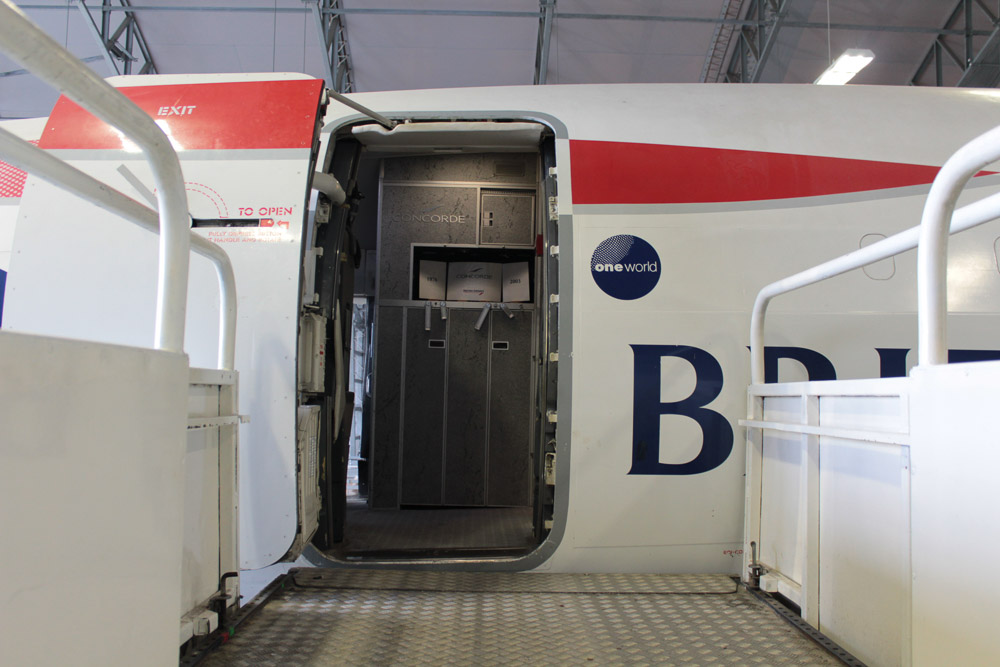
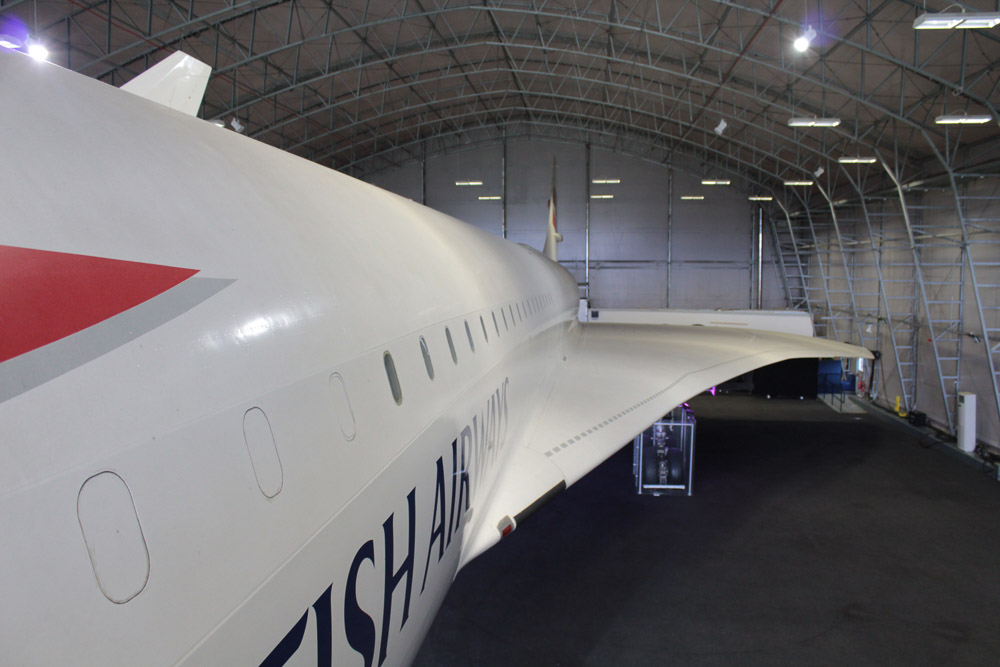
My first impression when I stepped aboard G-BOAC was how small Concorde actually is. With its’ seats arranged in a 2-2 layout, coupled with her long, narrow fuselage, Concorde’s interior resembled an extra long regional jet more than a sporty supersonic jet.
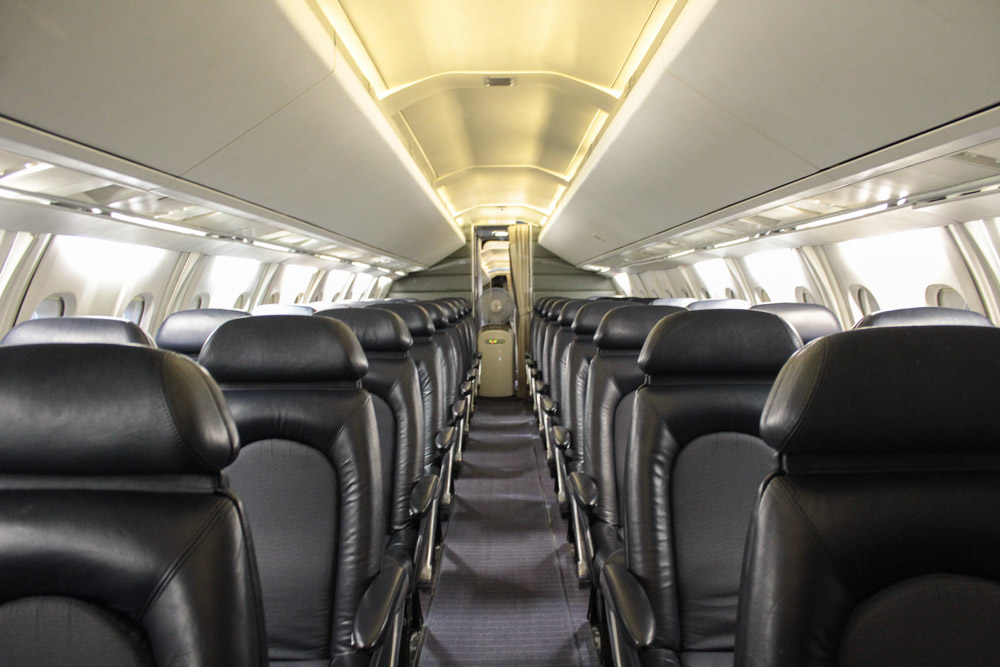
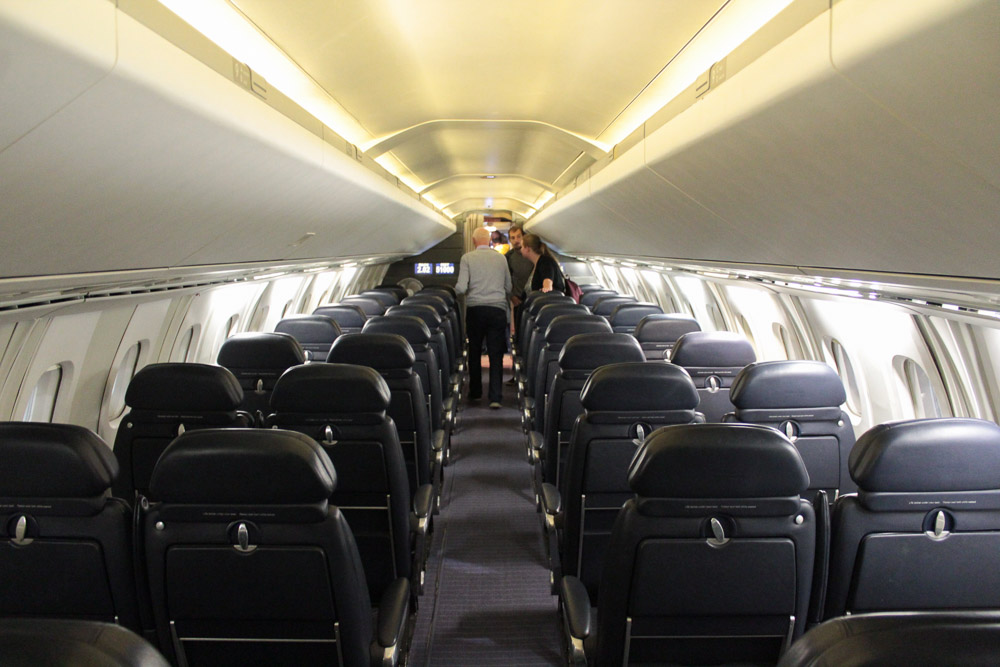
Given their flagship status, however, both British Airways and Air France outfitted their Concordes with an interior distinct from their usual fleet, and an inflight catering that was miles above even premier subsonic catering. The cabin may have felt like a small regional jet, but the experience was anything but.
The tour is largely centred around an overview of Concorde’s history explained to us by our guide as we waited our individual turns to be called into the cockpit. The cockpit is quite small, and so only a maximum of two visitors are allowed in at once.
The Concorde experience – Unlike any other
As part of the explanatory portion of the tour, we got to sit on the seats while listening to our guide explain the history of the Concorde project. All throughout, I was acutely aware that passengers in the 1990s would pay at least $6,000 (one way!) to sit in the very seat I was in. While G-BOAC retains all of her interior, only the front half of the aircraft is accessible to visitors, while the rear section is blocked off with a cleverly placed portable air conditioning unit.
British Airways’ Concordes saw a total of 3 cabin iterations throughout their operational lifetimes, with G-BOAC being one of the 5 of 7 Concordes in the airline’s fleet to receive new seats under the Project Rocket cabin refurbishment.
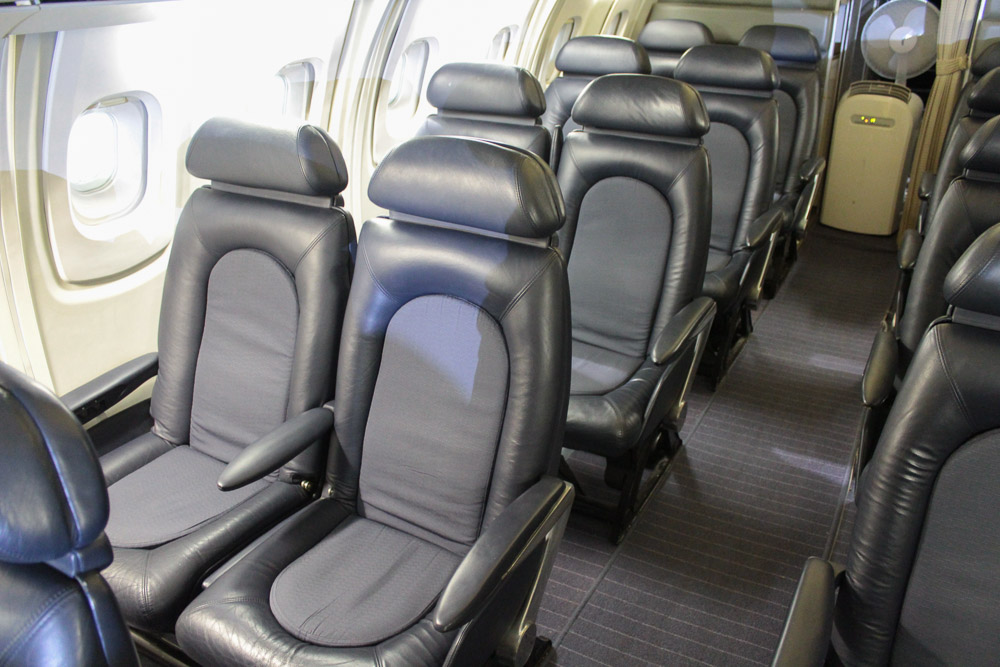
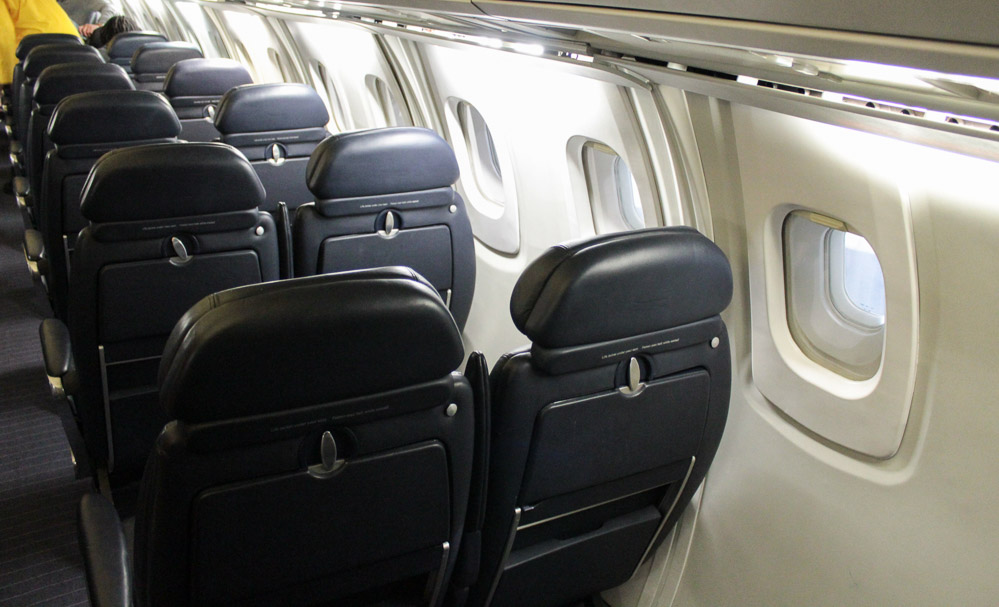
The Project Rocket carbon fibre seats were designed by Factory Design and installed in 2001. The seats are quite comfortable and feature a good amount of back support thanks to its contoured seat back and headrest. as well as a footrest. The legroom, on the other hand, is only slightly better than a generous economy class legroom. Measured according to the standards of a subsonic First Class cabin, this seemingly falls short of the expectations that come with Concorde’s flagship status, notwithstanding that space onboard Concorde being a premium.
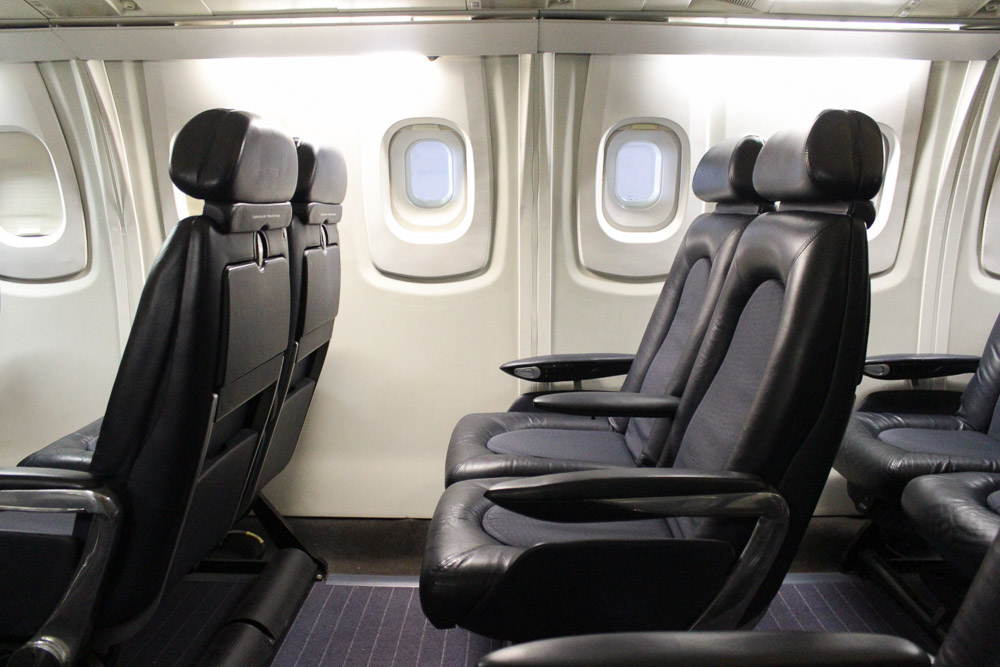
But consider this – the legroom is actually sufficient for a 3 hour supersonic Concorde flight between New York and London. You don’t really need the space offered by a subsonic First Class if your plane is flying faster than the speed of sound. As if to rub it in, a pair of displays are installed at the front of the cabin to display the aircraft’s speed.
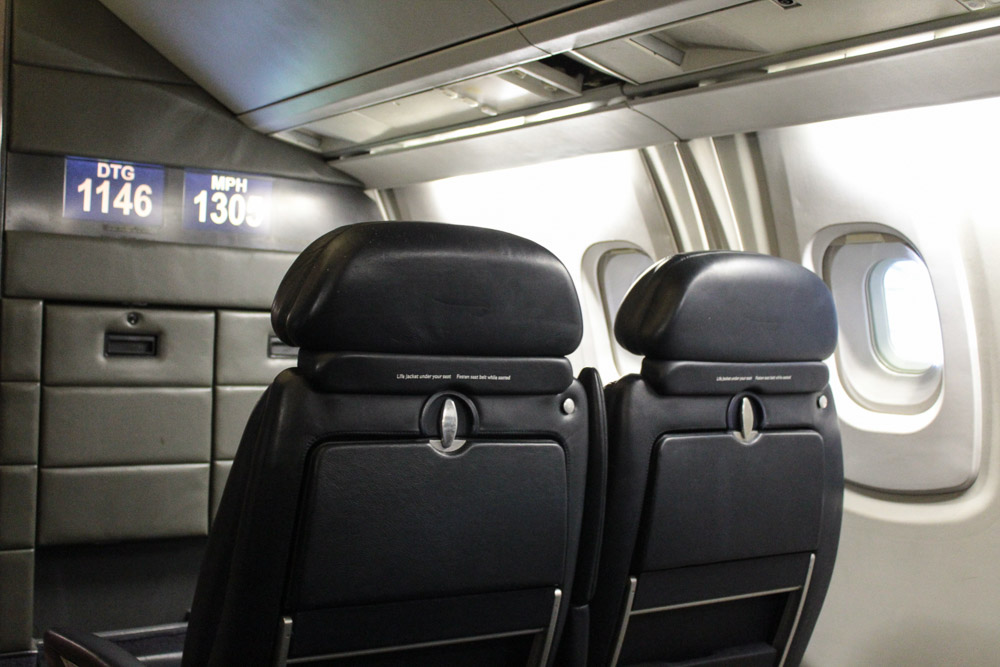
Likewise, Concorde was fitted with audio only inflight entertainment, not that it was actually necessary, since Concorde’s clientele towards the end of the 1990s were mostly businesspeople who preferred to read or work onboard. The onboard catering also excelled at pampering passengers with copious amounts of Champagne, which would have been another source of entertainment for passengers.
While difficult to imagine today, it is important to note that Concorde was (and remains) its own class above any other cabin classes or aircraft. Flashing your Concorde tickets would have been a bigger flex over a regular First Class ticket.
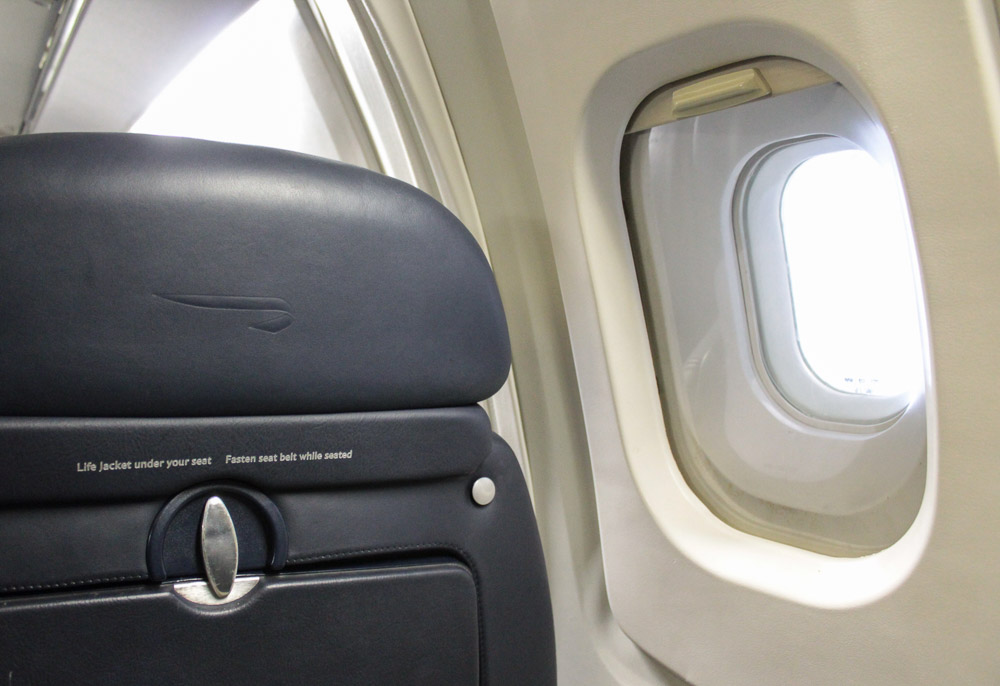
With some time to roam as we waiting for our turns to visit the flight deck, I took to examining Concorde’s extremely small windows. This was a design choice to reduce the amount of air lost through depressurisation in the event of a window breach, as Concorde typically cruises at 60,000 ft. The windows were also often warm to the touch inflight as the aircraft sped onwards at Mach 2.
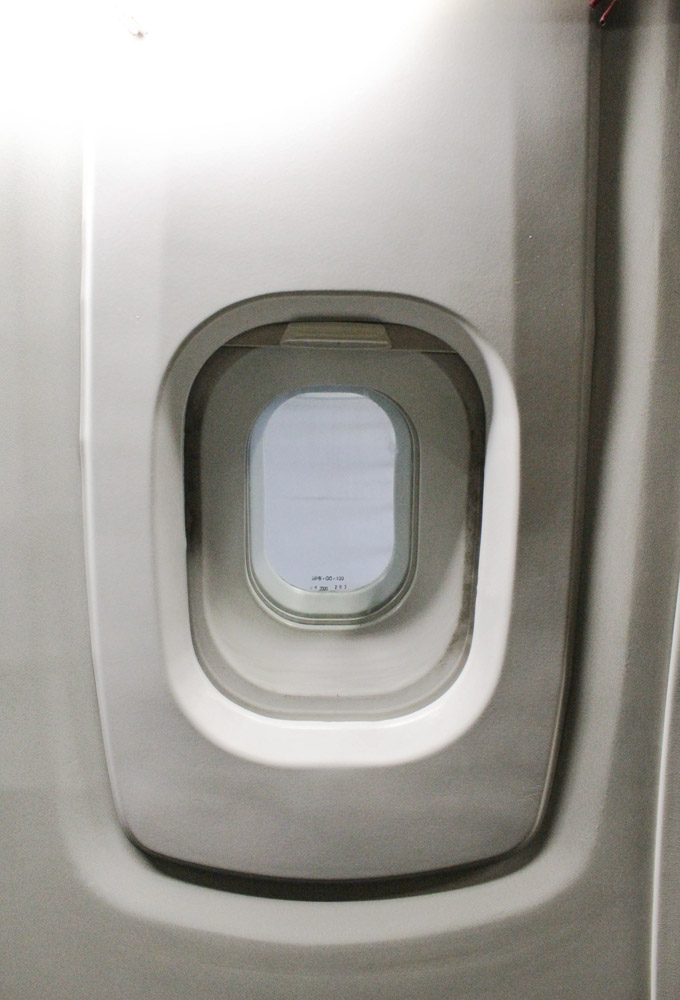
Project Rocket also involved equipping BA’s Concordes with newly designed bathrooms. These were never installed due to weight issues, and so G-BOAC retains its older bathrooms.
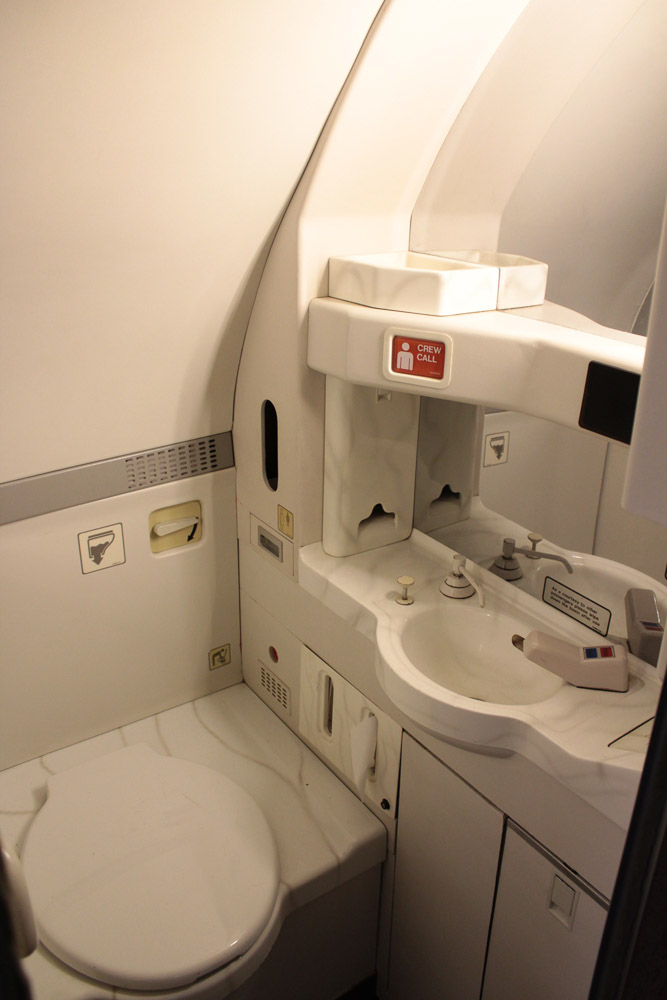
The bathrooms actually seem pretty generic, and are basically older versions of modern aircraft bathrooms.
The Concorde Flight Deck
Despite Concorde being a futuristic symbol of innovation, her flight deck is remarkably ancient in contrast. This betrays Concorde’s late 1960s roots, a time when analogue instruments were aplenty in aircraft flight decks. Concorde is no exception, featuring a 3-crew flight deck to operate the multitude of dials and switches, a setup more often associated with the first generation of jet airliners than something as sleek as Concorde. Yet, Concorde was in passenger service for 30 years, zooming back and forth across the pond as newer airliners with increasingly modern flight decks continued to make her look antiquated – and because they were subsonic, futuristic at the same time.






There was a second tour guide placed in the flight deck to run through an overview of Concorde’s flying characteristics. Visitors have free reign to take as many pictures as they want while he runs through the fun facts. I do have to note that the flight deck is not brightly lit, which may cause some difficulties for photo-taking.
End of Tour and Photo Dump
Our tour came to an end and it was time to step off this lovely piece of engineering. I was very much sleep deprived and could do with a hot cup of tea, but I wasn’t about to pass up the opportunity to get as many pictures as I could of Concorde: Less than ideal lighting be damned, this is a Concorde.










Photographing the exterior also proved to be a challenge as my camera wasn’t equipped with a wide-angle lens, as demonstrated by the pictures below. If you want to take good shots of Concorde, make sure you have a wide-angle lens with you.
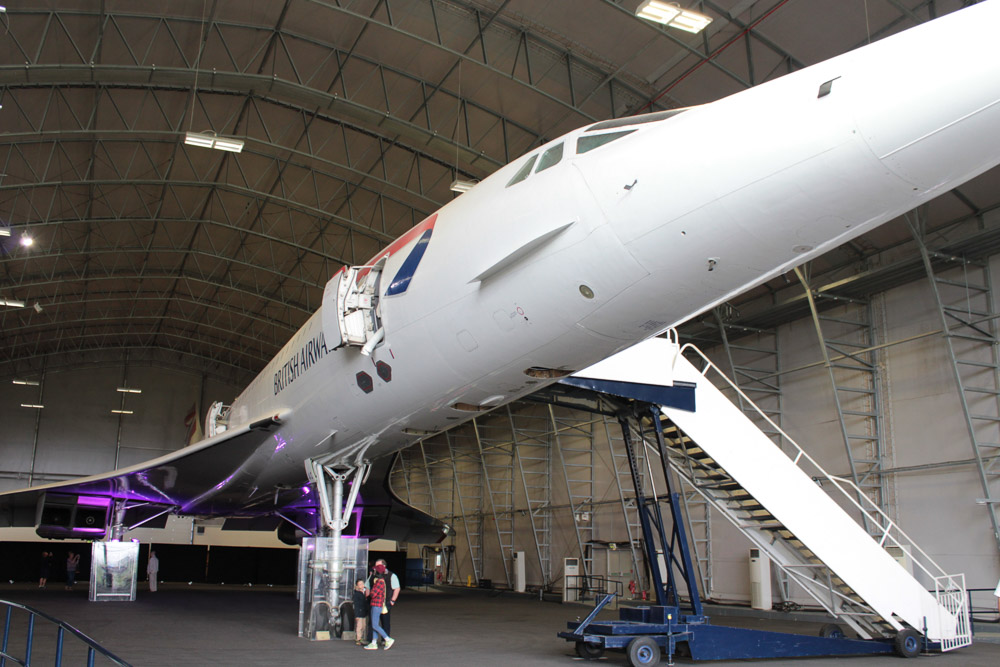
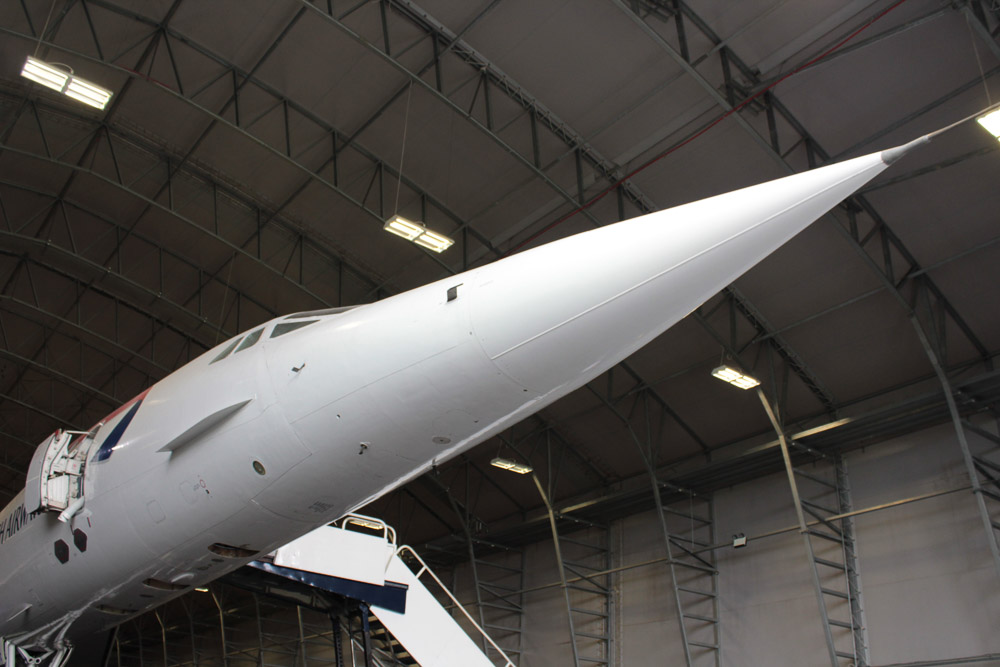
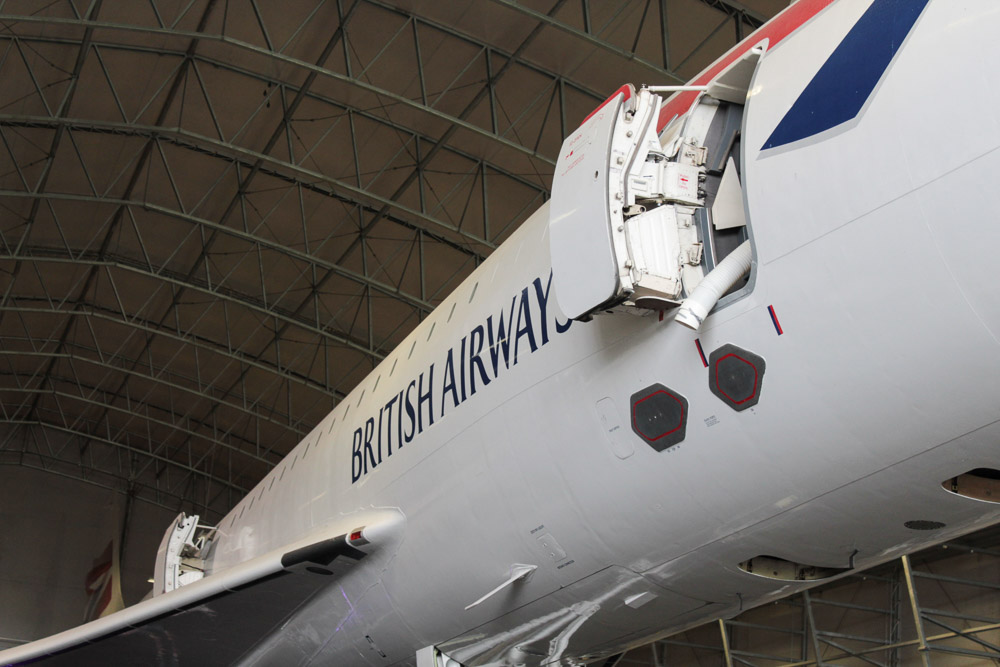
Final Thoughts
So what do you really get from this tour? Apart from a commemorative certificate, you get the opportunity to step aboard and fully appreciate 1 of only 20 such aircraft ever built. Not only that, but you also get to sit in the actual seats and the cockpit, whereas other exhibits would most probably have walled them off with transparent perspex. In short, this was the best £16.00 I’ve ever spent.
If you’re an aviation enthusiast like me, there really is no reason to say no to a Concorde visit; However, if you’re not one, simply come along for the ride nonetheless.
Because there really is no reason to say no to a Concorde.
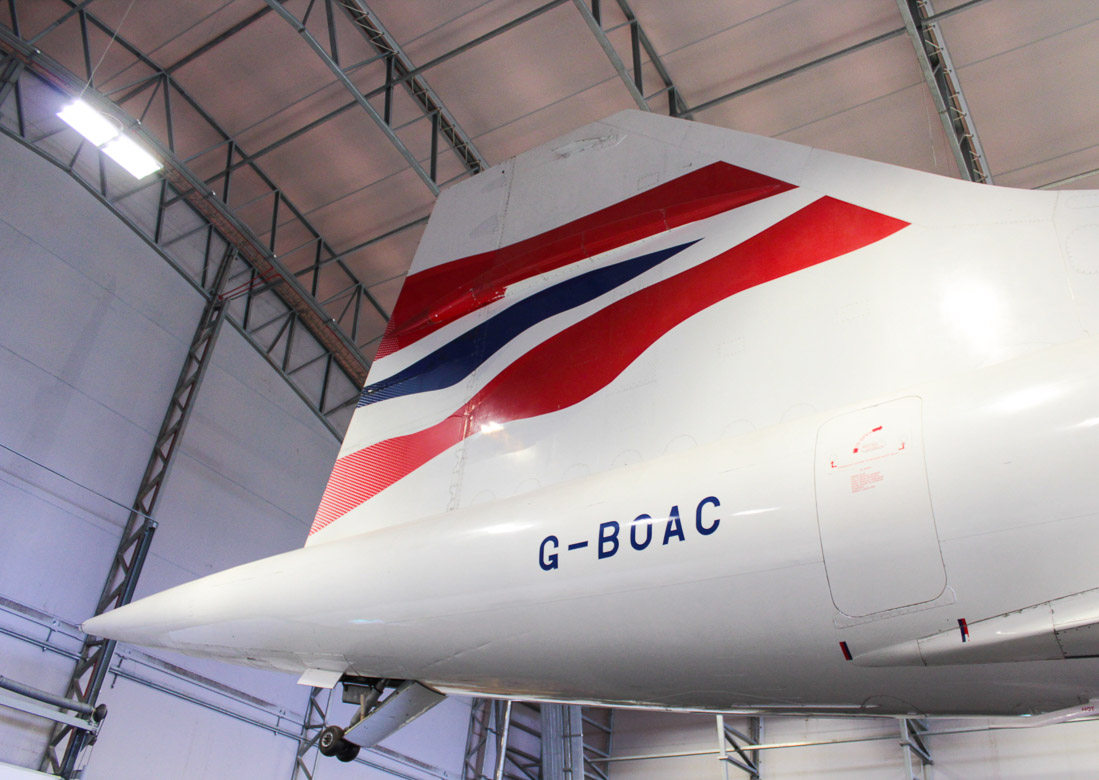
Comments
2 responses to “Manchester’s Concorde: G-BOAC at the Runway Visitor Park”
Great post 😁
Thank you 😁